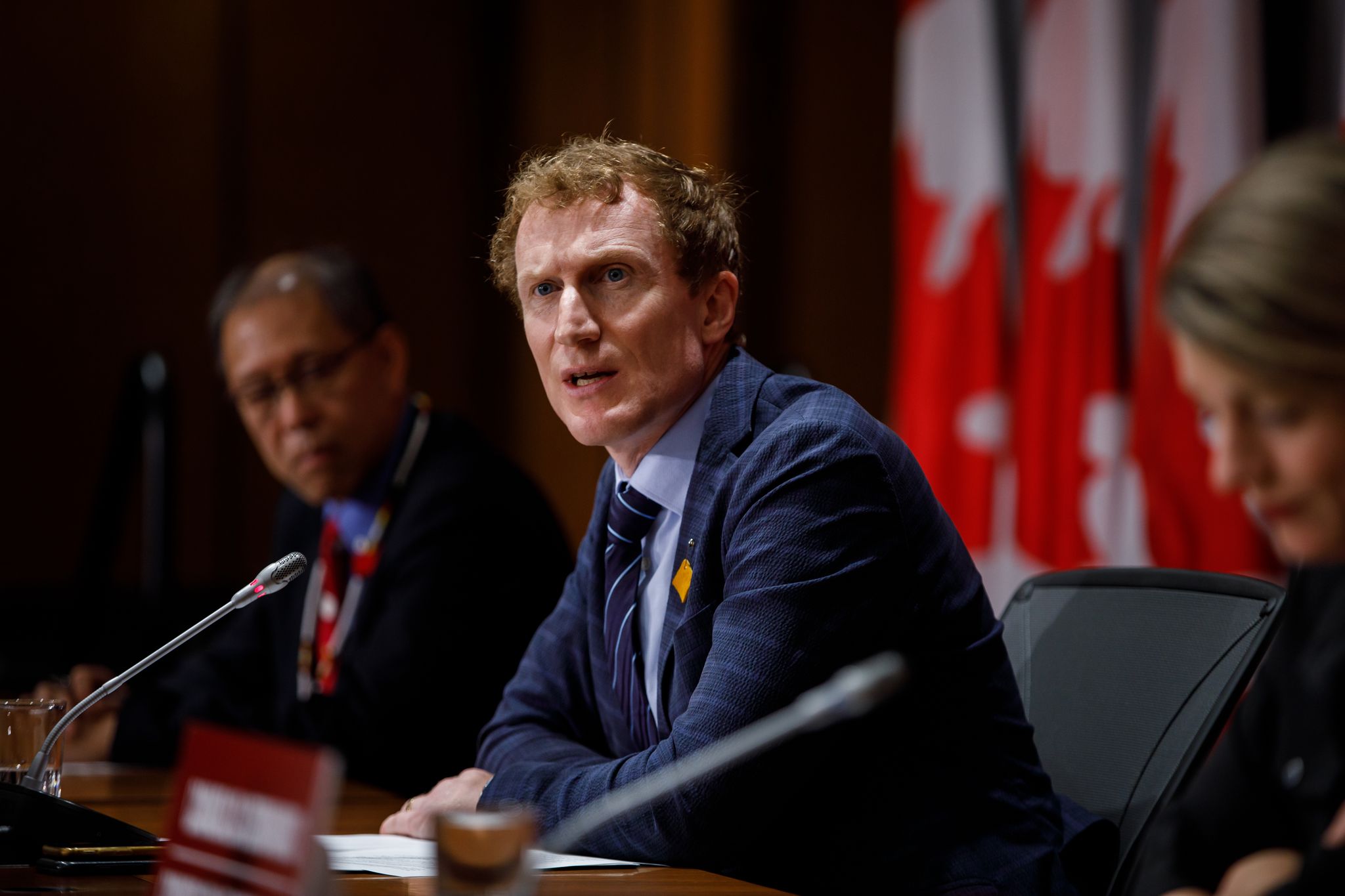According to Indigenous Services Canada, (ISC) Indigenous communities across Canada have been facing an alarming rise in the number of new and active COVID-19 cases.
There have already been outbreaks in a number of Indigenous communities in the North, including Witset, a community just 25 km west of Smithers.
Dr. Shannon McDonald, acting Chief Medical Officer of the First Nation’s Health Authority, explains there are different impacts from COVID-19 on the small Indigenous communities in Northern BC.
“In these small communities, everyone is related somehow and there are interpersonal relationships throughout the community and people are used to working together,” she noted, “and often housing holds more than just 2 or 4 people.”
Mcdonald explains that with larger extended families often sharing a space, and the generally smaller infrastructure of the communities, it makes the spread of the virus much faster.
“We also know that overall there are greater rates of chronic disease and other social determinants of health that make life more challenging at the best of times,” she explained.
Despite the serious effect the virus has had on Indigenous communities, Mcdonald explains that the people that make up these communities have done extremely well dealing with the hardships of the virus.
“Everybody is helping, either people are isolating or volunteering somehow,” she added.
In addition, Minister of Indigenous Services, Marc Miller spoke in Ottawa on Thursday and believes that an inevitable second wave of COVID-19 will hit Indigenous communities even harder.
“Given what we have seen in the last two weeks, there is little doubt the second wave of COVID-19 will hit Indigenous communities harder,” explained Miller.
Across Canada, ISC has seen over 200 new cases in First Nation’s communities in the last month and in the same timeframe, the number of active cases skyrocketed from 23 to 129.
According to ISC, this recent increase in cases has been linked to private gatherings, as well as exposure to positive cases from outside of the communities.
“Do it for your community: Wear a mask”
A Sḵwx̱wú7mesh Úxwumixw Community PSA pic.twitter.com/SrLoYNuJ95— Squamish Nation (@SquamishNation) September 28, 2020
Something going on in the Prince George area you think people should know about?
Send us a news tip by emailing [email protected].






